Smoke Odor Removal Services
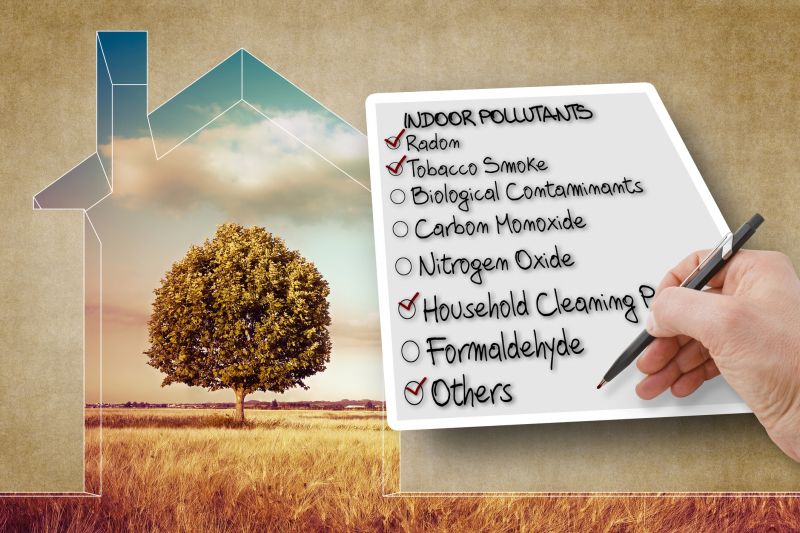
Perform smoke smell removal when indoor air quality can be controlled, typically after cleaning or during dry weather.
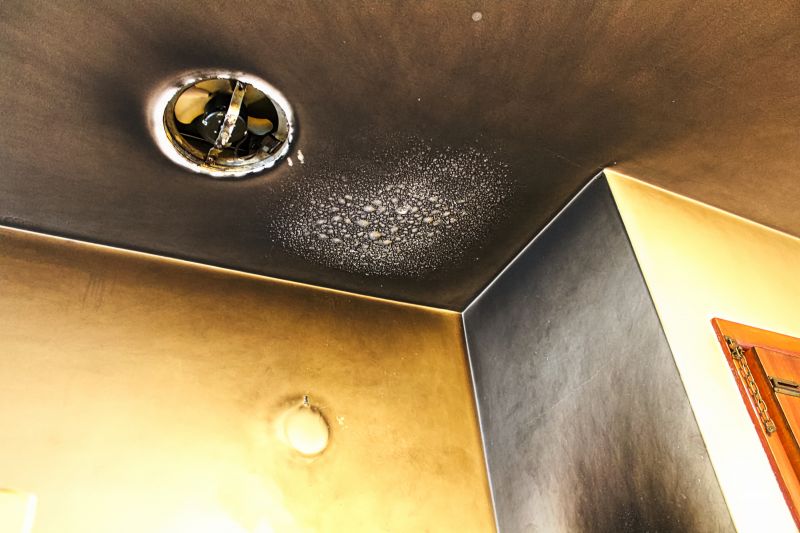
Ideal after events or renovations where smoke exposure is high, to ensure proper odor elimination.
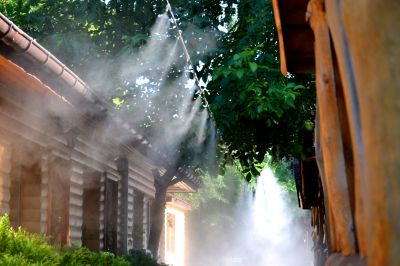
Spring and fall are optimal seasons for outdoor ventilation, aiding in effective smoke odor removal.
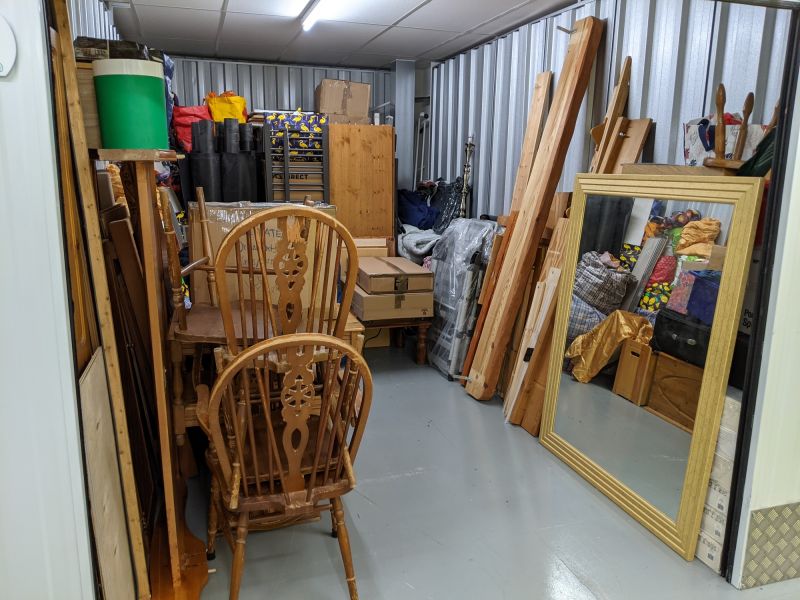
Ways to make Smoke Smell Removals work in tight or awkward layouts.

Popular materials for Smoke Smell Removals and why they hold up over time.
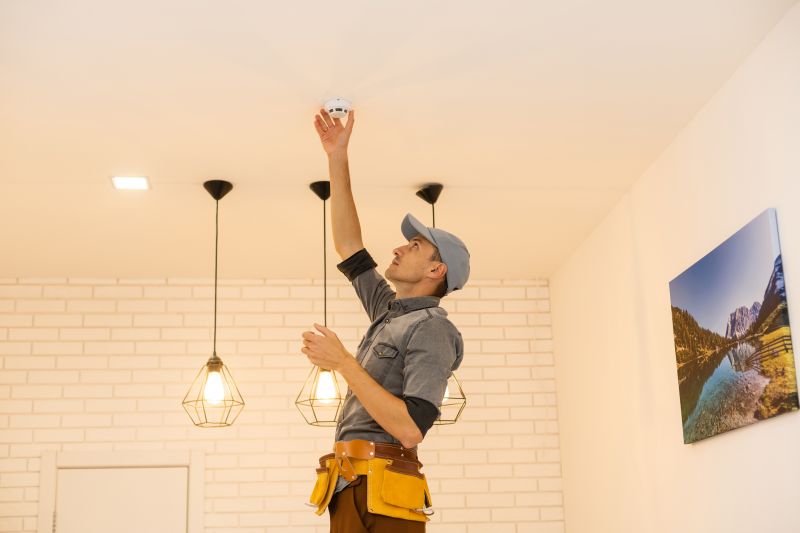
Simple add-ons that improve Smoke Smell Removals without blowing the budget.
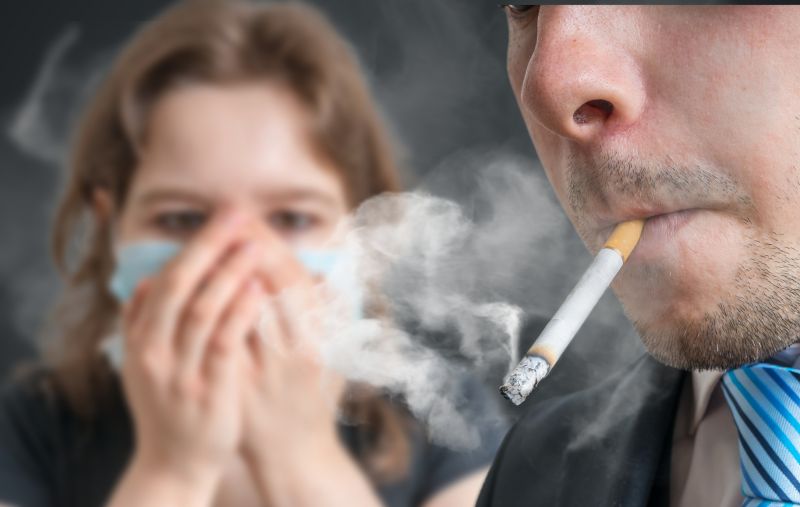
High-end options that actually feel worth it for Smoke Smell Removals.
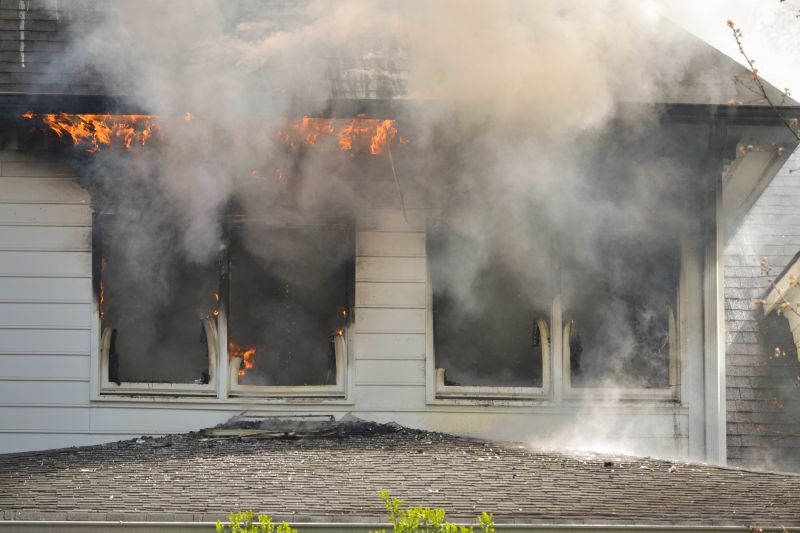
Finishes and colors that play nicely with Smoke Smell Removals.
Smoke smell removals are essential for restoring indoor air quality after exposure to smoke from fires, cooking, or tobacco. Effective removal techniques include ventilation, ozone treatments, and deep cleaning of affected surfaces. The timing of these services can influence their success, with factors such as weather conditions, occupancy levels, and ongoing events playing a role.
Scheduling smoke smell removal when spaces are unoccupied allows for thorough treatment and better results.
Dry, windy days facilitate better ventilation and odor dissipation during outdoor removal processes.
Timing follow-up treatments after initial removal ensures persistent odors are fully eliminated.
Performing treatments during periods of low occupancy minimizes disruption and enhances effectiveness.
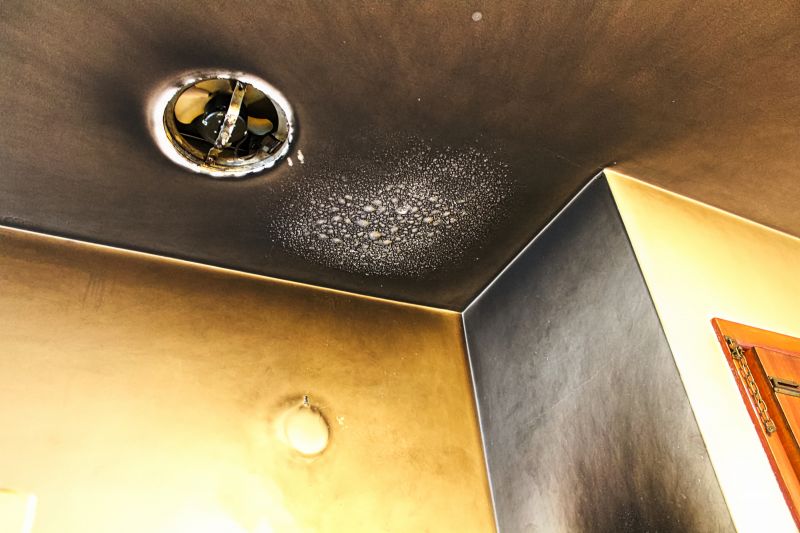
Evaluate affected areas to determine the best time for removal.
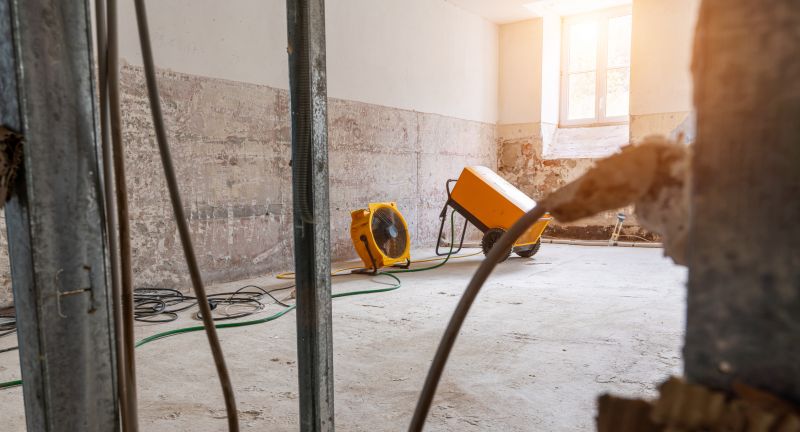
Open windows and doors during dry, calm weather for optimal results.
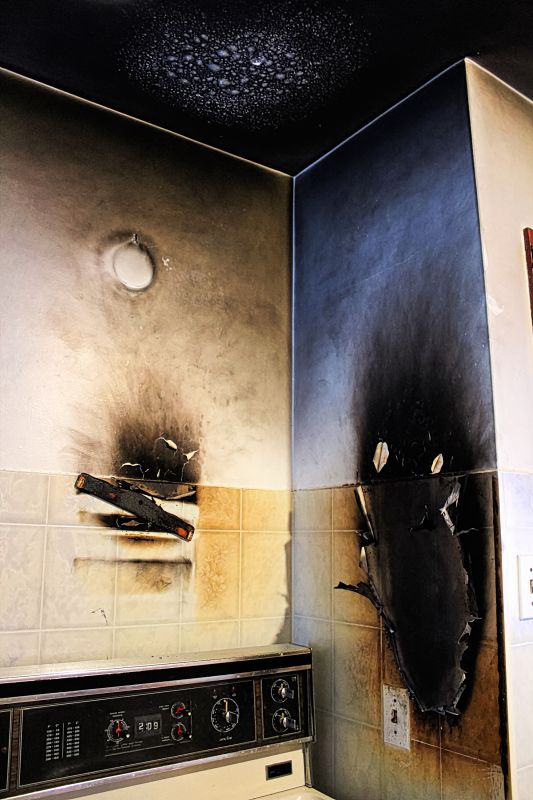
Schedule after fires or cooking incidents for effective odor removal.
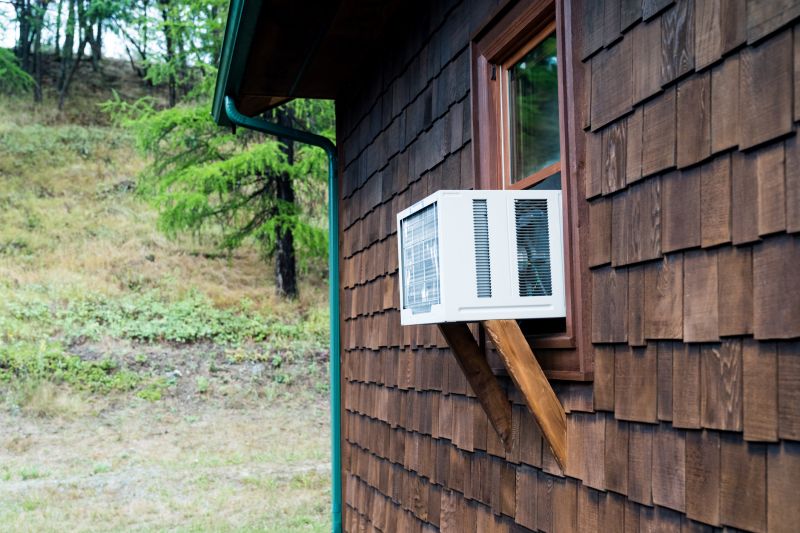
Use seasonal windows of favorable weather for outdoor airing.

Coordinate deep cleaning with smoke removal for comprehensive results.
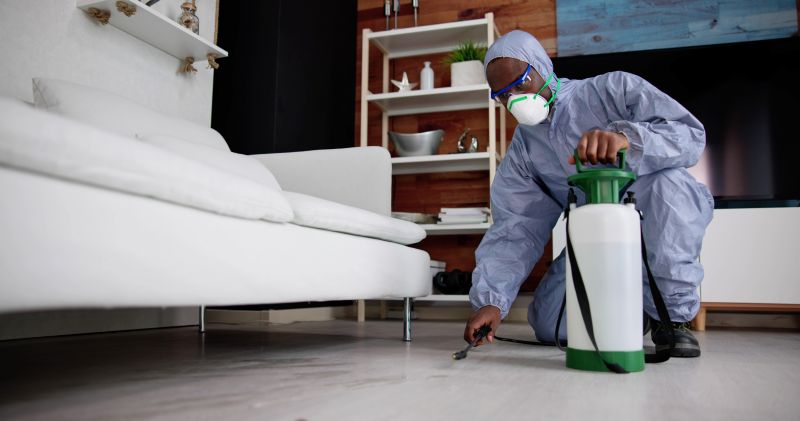
Apply treatments when ambient conditions support odor neutralization.
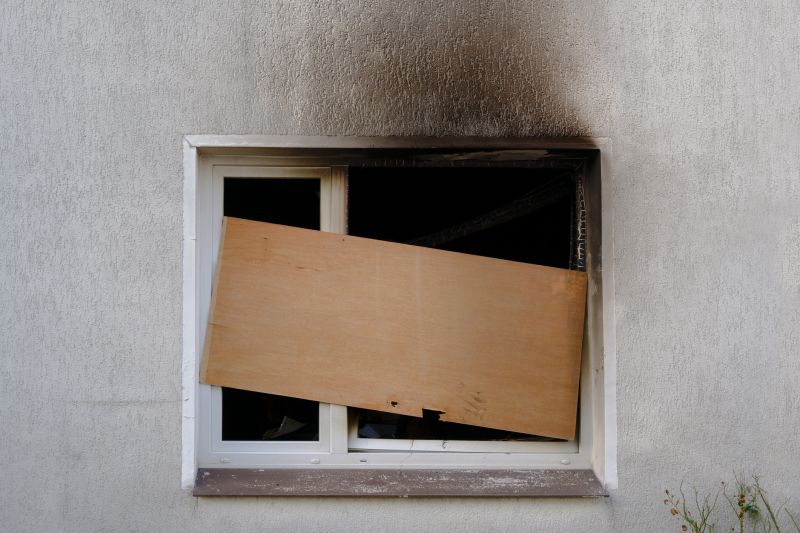
Plan additional sessions if odors persist after initial removal.
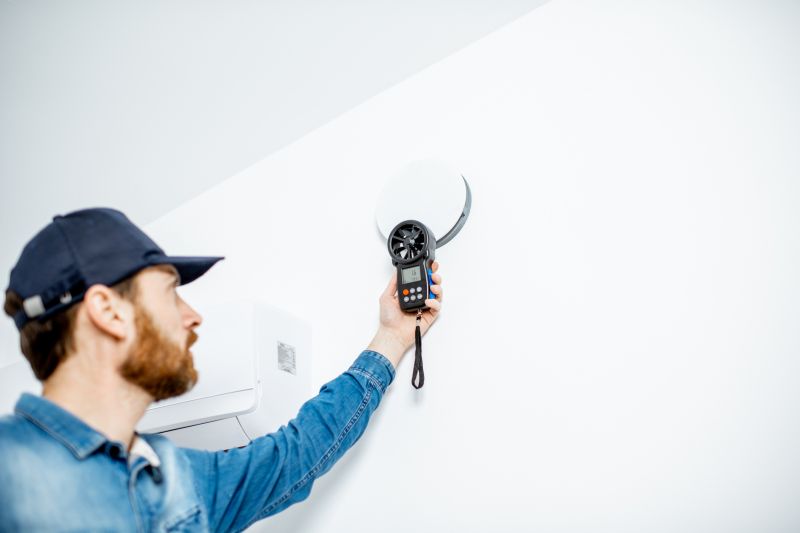
Schedule assessments to determine the optimal timing for interventions.
| Timing Factor | Recommended Approach |
|---|---|
| Post-Fire Cleaning | Immediately after fire damage for best results. |
| Renovation Periods | Schedule during renovation to prevent odor buildup. |
| Weather Conditions | Choose dry, calm days for outdoor airing. |
| Occupancy Levels | Perform when spaces are unoccupied to maximize effectiveness. |
| Seasonal Windows | Use spring or fall for optimal ventilation. |
| Post-Event | Soon after cooking or smoking incidents. |
| Deep Cleaning Schedule | Align with odor removal treatments. |
| Follow-Up Timing | Schedule additional treatments if necessary. |
Timely smoke smell removal helps prevent long-term odor absorption and surface contamination. Proper scheduling, considering weather and occupancy, ensures the most effective treatment. Regular assessments and follow-up treatments contribute to thorough odor elimination, restoring a fresh indoor environment.
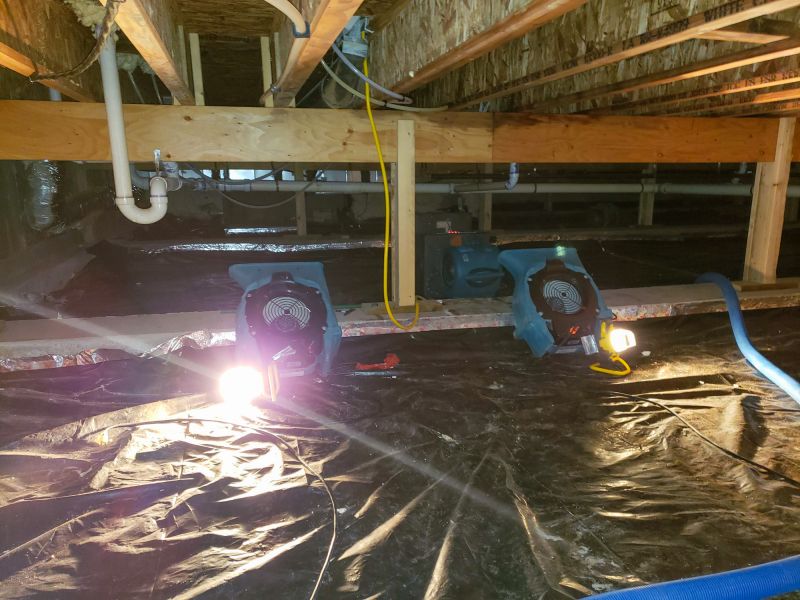
Use during optimal weather conditions for effective odor removal.

Apply after space is aired out for best results.
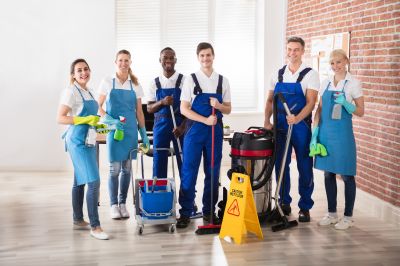
Schedule during periods of low occupancy for thorough cleaning.
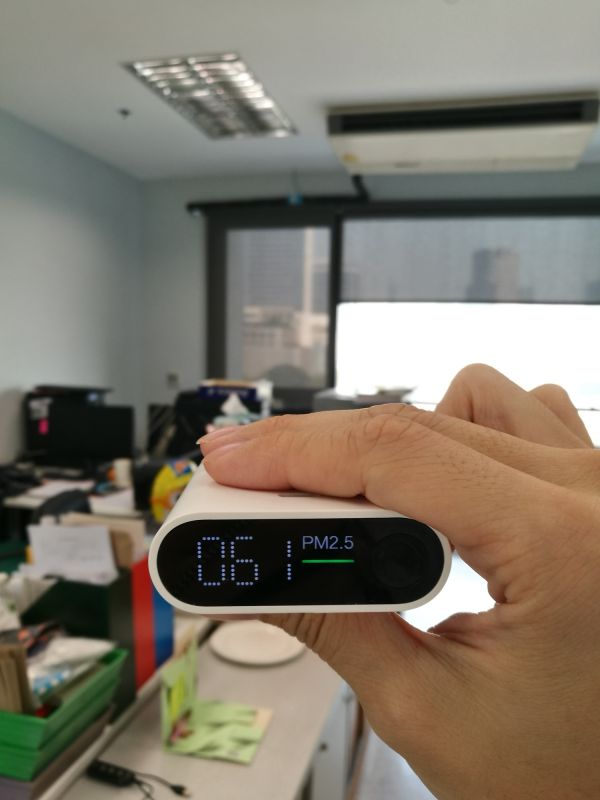
Use to determine the best timing for treatments.
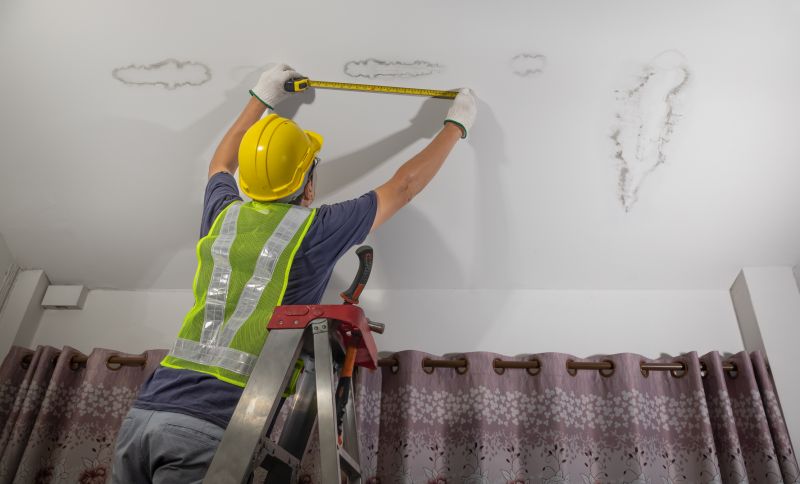
Little measurements that prevent headaches on Smoke Smell Removals day.

A 60-second routine that keeps Smoke Smell Removals looking new.
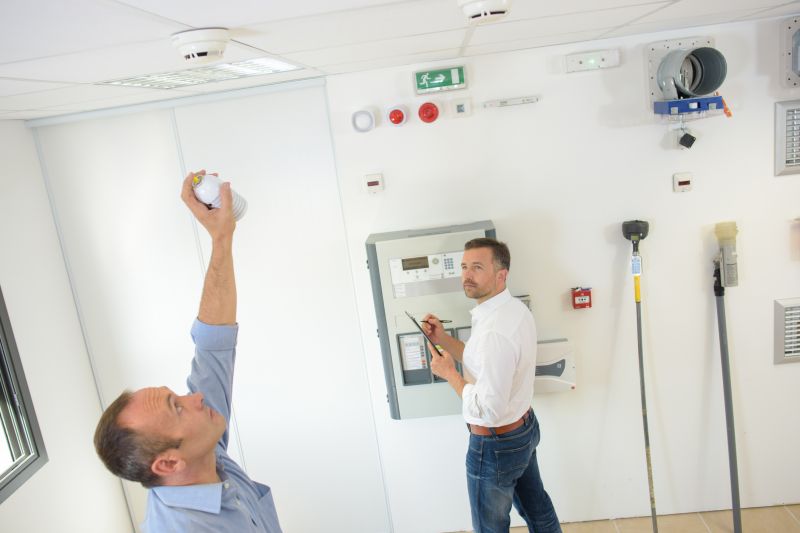
A frequent mistake in Smoke Smell Removals and how to dodge it.
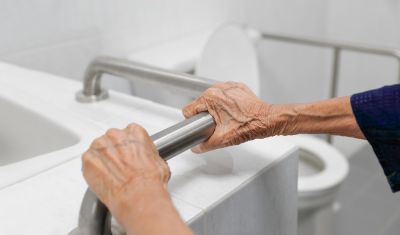
Small tweaks to make Smoke Smell Removals safer and easier to use.
Effective smoke smell removal depends on strategic timing and proper preparation. Utilizing weather conditions, occupancy schedules, and appropriate equipment enhances the likelihood of complete odor elimination. Consulting professionals can help identify the best windows for treatment and ensure a healthier indoor environment.
Interested in scheduling smoke smell removals? Filling out the contact form provides an opportunity to discuss timing options and initiate the process for a fresher indoor space.



